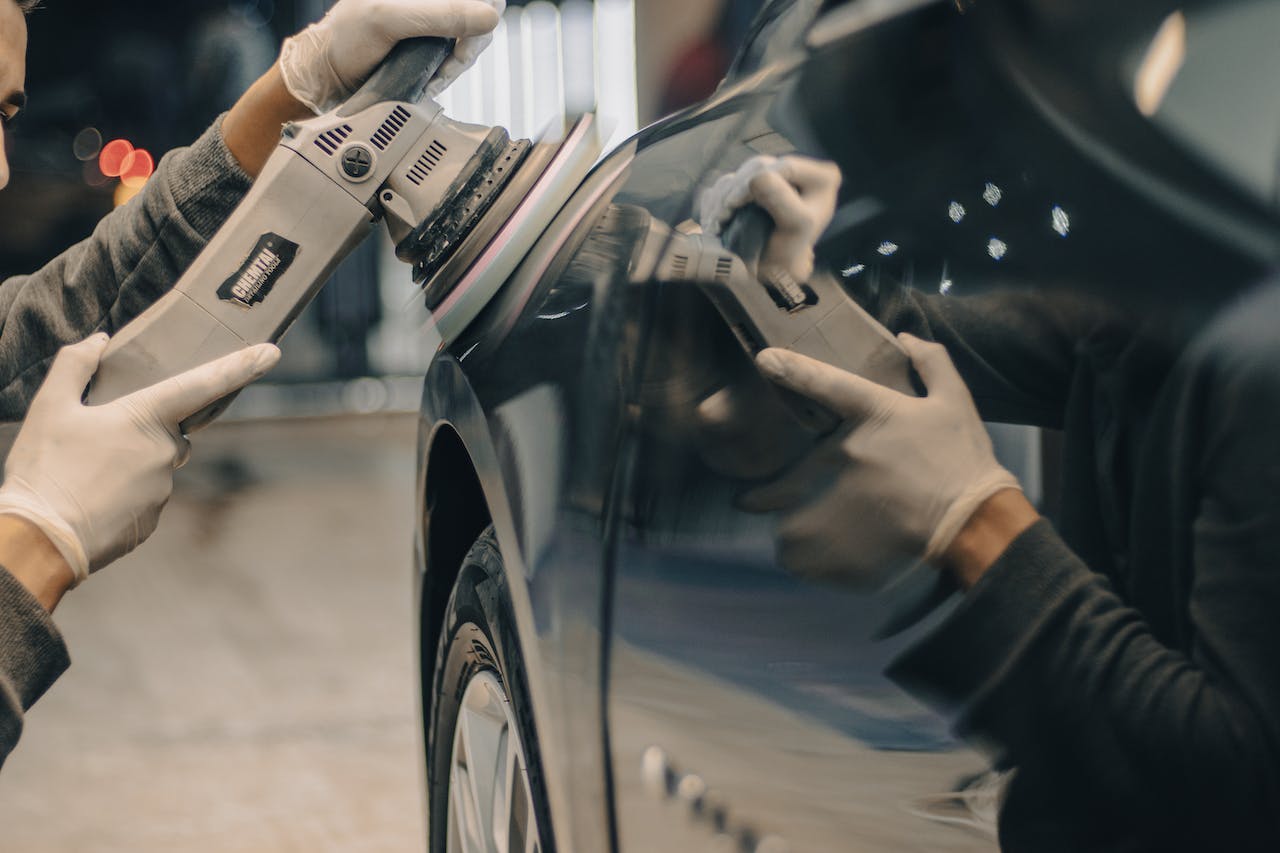Understanding auto body repair is essential for anyone who owns a car. This is because if you are involved in a collision, knowing how to repair your vehicle can save you time and money.
It also helps you to set realistic expectations about the cost and timeline of your repairs.
Damage Assessment
After a collision, the body shop will assess the damage to your car. This may involve disassembling vehicle parts for a closer look or as simple as looking at the damage with a camera and taking notes.
An appraiser will also need to figure out how long it will take to make the repairs, which is why there are estimation tools for this job. These give rough estimates for the time it will take to repair the vehicle.
The assessor will also have to consider hidden damage that is not apparent. For example, the frame or unibody of a vehicle may be bent after an impact. If it is deemed that the vehicle is in category S (Severe), it will be considered no good and not driveable. Other things that may be hidden include corrosion, mechanical issues, and inertial damage. These can be discovered by inspecting the components and components under covers, such as knee bolsters or center console components.
Frame Repair
Many people believe that if a vehicle frame is damaged, it cannot be repaired and is a total loss, but this is not always the case. Most newer vehicles have unibody frames that are welded together. However, a few models of trucks and SUVs still use body-on-frame designs where the frame is separate from the cabin.
Mechanics can repair the frame using hydraulic tools that straighten it with pressure. In severe cases, the technician may need to replace the frame entirely.
If the frame is severely damaged, it can make your car harder to drive and affect its resale value. This can also lead to swaying while driving, which can be dangerous for you and other drivers on the road. Often, the first sign of frame damage is a solid pull to one side or the other while driving and excessive noise when hitting bumps in the road. These are all signs that your auto body repair Denver CO shop should inspect your vehicle’s frame.
Body Panel Repair
Your vehicle’s body is made out of sturdy panels that keep you safe on the road. However, these panels can get damaged by collisions and other events, such as vandalism or weather damage. When a panel becomes too damaged, it may need to be replaced rather than repaired.
When replacing a body panel, your technician usually removes the old panel and cleans the area behind it to remove dirt, debris, and spot welds. A rust-prevention coating or primer may also be needed to prevent rust from damaging your car’s replacement panel or other parts.
If the new panel is imperfect, your technician must often trim, bend, and hammer it into place. A large selection of specialized body hammers and dollies will help to make the job easier. Once the new panel is welded into place, it must be thoroughly tested for alignment.
Paint Job
Whether your car has been scratched by a grocery cart or sideswiped on the highway, you can trust a professional dealership auto body shop to fix the damage. Often, this will require a touch-up paint job, while the entire vehicle may need to be repainted in other cases.
A quality paint job is essential because it serves more than just aesthetic purposes – it protects the steel used in your car’s body from corrosion over time. A body repair technician will buff and sand down the area to be painted before applying an etch primer to ensure your car gets the best possible results.
This preparation helps the paint last longer and look better. Then, the body repair expert will mask off any areas not being painted to avoid overspray. They will also apply tape to any trim, windows, mirrors, and emblems that must be replaced or repainted.




